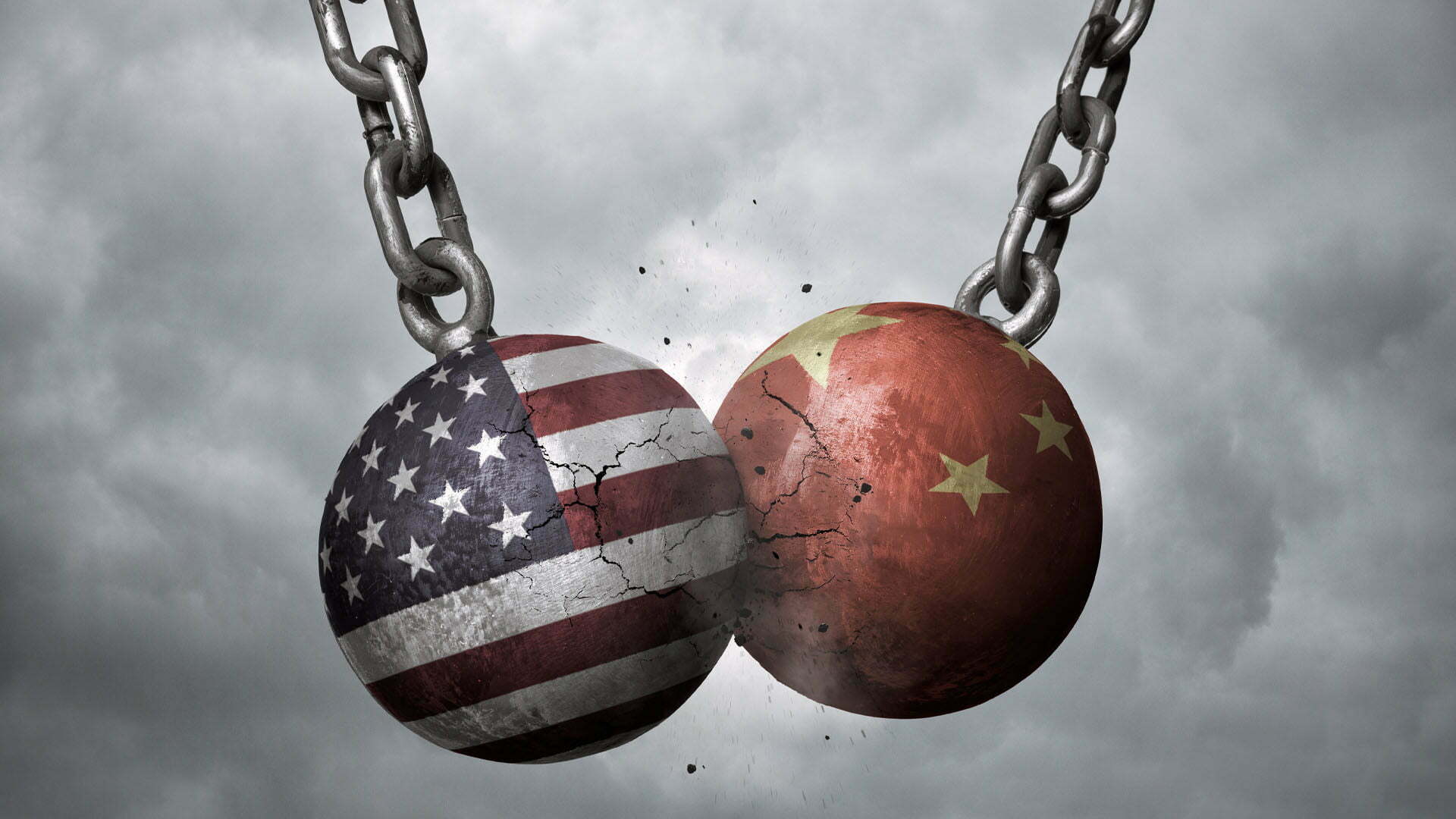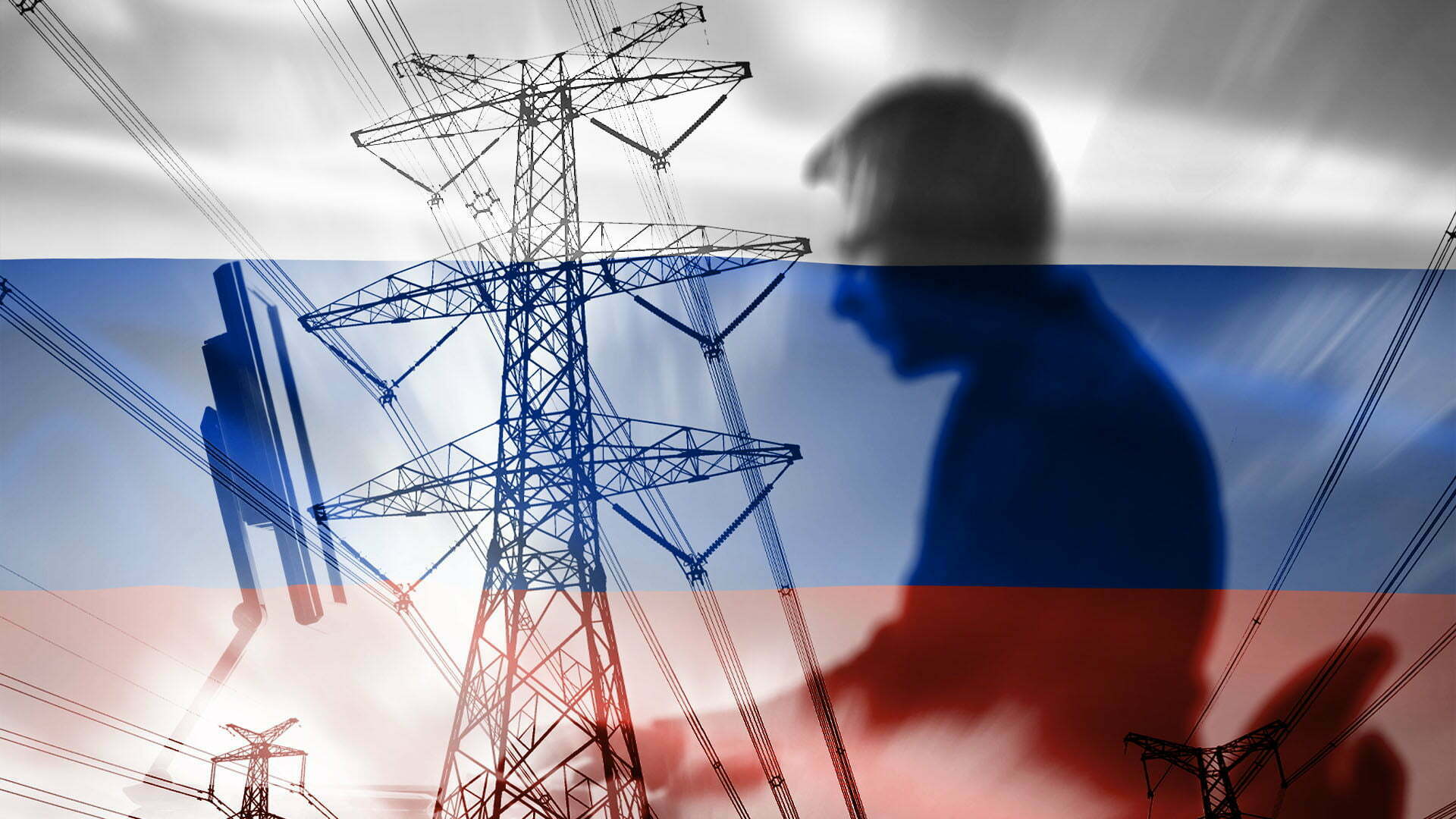
The metaverse is viewed as a transformation of the internet, where avatars interact with one another and can interact, work, or play in a life-like virtual reality environment. By 2030, projections indicate that the metaverse could grow to a 678-billion-dollar industry. In addition, cryptocurrency can be a form of exchange in the metaverse, and the idea is gaining support from major U.S. companies like Facebook and JP Morgan Chase.
Most people are familiar with the term metaverse through virtual reality (VR) company Oculus, a gaming system with a $299.00 retail price. Oculus describes itself as tech that “uses cutting-edge graphics, best-in-class hardware, and artistically rendered experiences to create a computer-simulated environment where you aren’t just a passive participant, but a co-conspirator. With a VR headset, you’re fully absorbed in realistic 3D worlds, creating a major shift in how we experience the digital realm.”
There are currently over 50 million VR users in the U.S., and that number is anticipated to reach 95 million in 2022. However, with a new virtual reality evolving, there are also threats to users in the metaverse materializing in the real world. For this brief, Overwatch focused on the prevailing adoption of the metaverse, how kids are being targeted, and why digital social interaction requires investigation, analysis, and more public discourse.
A Recent Kidnapping Case
An unidentified teen in Roosevelt, Utah, used her Oculus and its VR world to communicate with a 25-year-old Chris Evans from Florida.
On the morning of March 8, 2022, the teen walked out of her home to meet up with Evans. Law enforcement discovered the teen through cellular data and communication apps, found her in the back of a semi-truck, and arrested Evans, known in the metaverse as Monkey King Budda.
Evan faces kidnapping and harboring charges.
Apps You Can Download on Oculus Where There is a Significant Gap in Monitoring
BBC News conducted an investigation in February 2022, using a VRChat, an app that can be downloaded from the Oculus platform. With VRChat, the only prerequisite for using the app is to have a Facebook profile. There are no other verification processes in place. The investigation from BBC News found that children mix with adults in the metaverse in adult-rated settings.
BBC News reported that, “Inside VRChat, there are rooms where users can meet: some are innocent and everyday – such as a McDonald’s restaurant, for example – but there are also pole-dancing and strip clubs. Children mix freely with adults.”
“One man told our researcher that avatars can get naked and do unspeakable things. Others talked about erotic role-play.”
Sex Crimes on Roblox
While Roblox is not in the metaverse, it is one of the world’s most popular online games. With Roblox, users can create games and play games developed by other Roblox players. There is over 12.1 million Roblox users in the U.S. and Canada.
In February 2022, a sexual predator targeted a 13-year-old girl on Roblox. After speaking with the girl for two days, the predator — Howard Graham, convinced the girl to leave her home in Topeka, Kansas. Graham then took her to his home in Clayton County, Georgia, where law enforcement says she was sexually assaulted multiple times.
The authorities found the girl because she messaged her mother through the Roblox app. Law enforcement arrested Graham at his workplace at the beginning of March.
What Do Subject Matter Experts Say?
Overwatch spoke to two subject matter experts on internet crimes against children for this brief.
Our first source is a former ICAC Special Agent. She worked with the Internet Crimes Against Children task force for several years.
The source said, “Law enforcement is already drowning in cyber tips — there’s been a 25%+ increase in tips the National Center for Missing & Exploited Children (NCMEC) sends out. In many jurisdictions, there’s no other space to respond to those and reactive cases that get phoned in. The social media companies are reporting suspicious activity, but they use algorithms a lot of the time which means we get inundated with videos of a guy picking up his coffee mug and putting it back down again a bunch of times (the algorithm thinks he’s masturbating). So, it takes up a ton of time when we could be working on other more pressing cases. I’m sure there are a handful of law enforcement officers out there working proactive stuff in the metaverse, but you know how it is…everyone’s doing the best they can to keep up.”
Jessica Smith is Special Investigations Manager with the National Child Protection Task Force and Owner of ClickSafe Intelligence. She has over 15 years of experience in intelligence and investigations. Smith told Overwatch that the bigger concern about the metaverse is how the younger generation is becoming more isolated than previous generations.
She said, “So the metaverse has the ability to unfold in several different ways. While we are seeing reports of incidents currently, I think the bigger problem or potential problem rather lies in the next generation of kids. Mainly those who are just young elementary school age currently. These kids are, to a much larger degree than the rest of us, being raised in varied levels of isolation and experiencing the world in a far more digital way than older kids and adults.”
“Therefore, for most pre-teens, teens and adults (predators included) we’re all technologically fatigued right now. I see predators discussing the meta-verse with high levels of rejection because they don’t get it and don’t want to adopt it, even if it does mean more access to victims. Interesting huh? But, that said, as these younger children (toddlers and early elementary age kids under 10) grow and are more willing to engage with new technology, the predators will likely follow the way they did with social media.”
OUR ASSESSSMENT
As the metaverse gains more mainstream adoption, sexual predators will use the platform to target children, groom them from a distance, and then attempt to lure them outside of the virtual environment. Without proper mitigation measures, the metaverse could become a temporary haven for sexual predators, hiding behind internet anonymity and developing their own methods to commit sexual crimes against children.
An influx of metaverse sex crime cases would likely lead to platforms investing more resources into how to mitigate threats to children in the metaverse. Additionally, there are currently no laws in the VR environment. Further, any legislation regarding the metaverse won’t likely come until there is mainstream adoption of the idea. As such, metaverse platforms will have to cooperate with law enforcement, identifying patterns of how criminals operate in the space. This relationship will likely be similar to how cryptocurrency exchanges receive subpoenas from law enforcement when it identifies illicit activity on the blockchain.
For now, the most effective form of mitigation will come from up-to-date training for parents on the dangers to look out for as their children become more immersed in a virtual world.




































